Home>Furniture & Design>Outdoor Furniture>What Is The Difference Between An Indoor And Outdoor Refrigerator
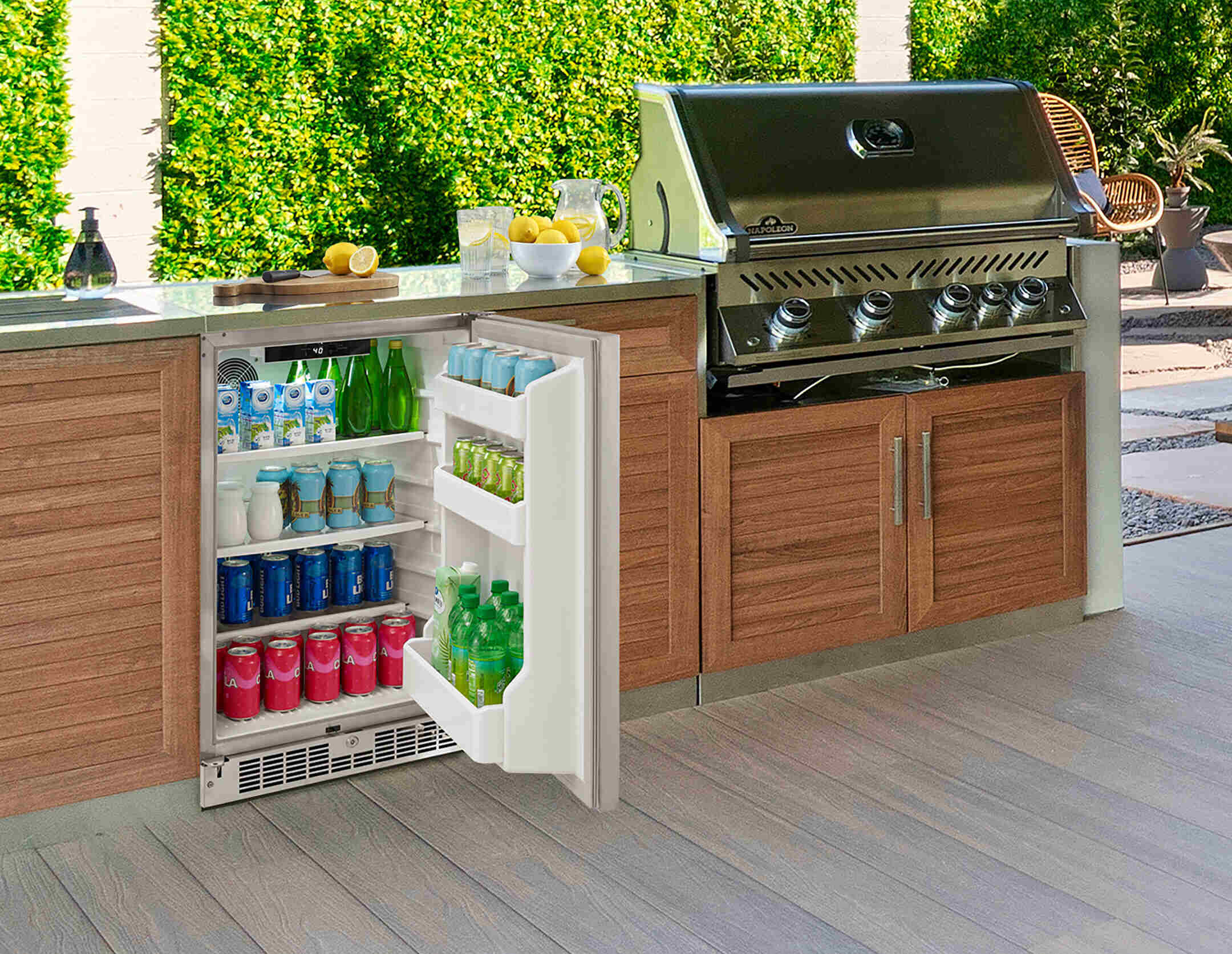

Outdoor Furniture
What Is The Difference Between An Indoor And Outdoor Refrigerator
Modified: January 19, 2024
Discover the key distinctions between indoor and outdoor refrigerators. Learn how outdoor furniture, design, and functionality impact your choice.
(Many of the links in this article redirect to a specific reviewed product. Your purchase of these products through affiliate links helps to generate commission for Storables.com, at no extra cost. Learn more)
Introduction
When it comes to refrigeration, most of us are familiar with the standard refrigerator that graces the heart of our kitchens, dutifully preserving our perishables and chilling our favorite beverages. However, the concept of refrigeration extends beyond the confines of the kitchen. In fact, there are specialized refrigeration units designed explicitly for outdoor use, and understanding the nuances between indoor and outdoor refrigerators can be pivotal when considering the specific needs of your living space.
In this comprehensive guide, we will delve into the key distinctions between indoor and outdoor refrigerators, shedding light on their temperature range, construction, ventilation, size, energy efficiency, and cost. Whether you are contemplating the addition of an outdoor kitchen, seeking to optimize your patio space, or simply intrigued by the mechanics of refrigeration, this exploration will equip you with the knowledge to make informed decisions and elevate your outdoor living experience. So, let's embark on this illuminating journey into the realm of indoor and outdoor refrigeration.
Key Takeaways:
- Outdoor refrigerators are like tough, resilient superheroes designed to withstand the wild outdoor weather, keeping your food and drinks cool no matter how hot or cold it gets outside. They’re the perfect sidekick for your outdoor kitchen adventures!
- Indoor refrigerators are like reliable best friends, always there to keep your food fresh and your drinks cold in the cozy comfort of your kitchen. They come in all shapes and sizes to fit your home just right.
Temperature Range
One of the fundamental disparities between indoor and outdoor refrigerators lies in their ability to withstand varying temperature ranges. Indoor refrigerators are designed to operate within a controlled environment, typically maintaining a temperature range between 34°F to 40°F (1°C to 4°C) in the main compartment and around 0°F to 5°F (-18°C to -15°C) in the freezer section. These parameters are optimized for the ambient conditions found within a home, where temperature fluctuations are minimal and easily regulated.
Conversely, outdoor refrigerators are engineered to endure the rigors of external elements. These units are adept at functioning in a broader temperature spectrum, often withstanding temperatures ranging from 50°F to 110°F (10°C to 43°C) and beyond. This enhanced resilience enables outdoor refrigerators to thrive in climates characterized by fluctuating temperatures, ensuring the consistent preservation of food and beverages despite exposure to the elements.
Moreover, outdoor refrigerators are equipped with robust insulation and advanced temperature control mechanisms to combat the impact of external heat and maintain the desired internal temperature. This fortification enables them to withstand the sweltering heat of summer or the chilly embrace of winter, making them a reliable asset for outdoor entertaining spaces and culinary sanctuaries.
Construction and Insulation
The disparity in environmental exposure between indoor and outdoor refrigerators necessitates distinct construction and insulation features. Indoor refrigerators, shielded within the controlled confines of a home, are typically constructed with materials optimized for interior use. These units often feature a sleek, aesthetically pleasing design, with a focus on complementing the kitchen decor. While insulation is still a vital component, it may not be as robust as that of outdoor counterparts due to the consistent indoor temperature.
Conversely, outdoor refrigerators are crafted with durable, weather-resistant materials designed to withstand the elements. Stainless steel, a popular choice for outdoor appliances, reigns supreme due to its corrosion resistance and ability to endure outdoor conditions. Additionally, outdoor refrigerators are fortified with enhanced insulation to combat temperature differentials and minimize energy consumption. Advanced insulation not only ensures consistent cooling performance but also contributes to the longevity of the appliance, safeguarding it against the detrimental effects of external elements.
Furthermore, the construction of outdoor refrigerators incorporates features such as weatherproof gaskets and seals, UV-resistant finishes, and robust hardware to fortify the unit against moisture, sunlight, and temperature variations. These elements collectively elevate the resilience of outdoor refrigerators, allowing them to withstand the challenges posed by outdoor environments while maintaining optimal performance and longevity.
Ventilation
Ventilation plays a pivotal role in the operation and longevity of refrigeration units, with distinct considerations for indoor and outdoor environments. Indoor refrigerators typically rely on the ambient air of the kitchen space for ventilation, with the heat generated from the compressor and condenser coils dissipating into the surrounding air. This setup is conducive to the controlled environment of a kitchen, where adequate ventilation is readily available, contributing to the efficient operation of the refrigerator.
On the other hand, outdoor refrigerators necessitate specialized ventilation systems tailored to outdoor settings. These units are engineered with rear-venting or front-venting configurations to facilitate optimal airflow and heat dissipation. Rear-venting outdoor refrigerators are designed to be built into outdoor kitchen islands or cabinetry, allowing for seamless integration while ensuring proper ventilation. Front-venting models, on the other hand, offer versatility in installation, as they can be used as freestanding units or built into existing outdoor setups without compromising ventilation requirements.
Moreover, outdoor refrigerators often feature fan-assisted ventilation systems to bolster airflow and heat dispersion, especially in high-temperature environments. These systems enhance the refrigerator’s ability to maintain consistent internal temperatures while mitigating the impact of external heat. Additionally, the incorporation of weather-resistant ventilation components safeguards the refrigerator’s functionality against outdoor elements, contributing to its durability and sustained performance.
By addressing the distinct ventilation needs of outdoor environments, outdoor refrigerators are primed to deliver reliable cooling performance while enduring the challenges posed by varying outdoor conditions, making them an indispensable asset for outdoor culinary spaces and entertainment areas.
When choosing between an indoor and outdoor refrigerator, consider the climate where it will be used. Outdoor refrigerators are designed to withstand temperature fluctuations and humidity, while indoor refrigerators may not be as durable in outdoor conditions.
Size and Capacity
When evaluating the differences between indoor and outdoor refrigerators, size and capacity are significant factors that influence their suitability for specific settings. Indoor refrigerators are typically designed with a focus on accommodating the spatial constraints of a kitchen while offering ample storage capacity for household needs. These units come in a variety of sizes, ranging from compact under-counter models to full-sized refrigerators, providing options to suit diverse kitchen layouts and storage requirements.
Conversely, outdoor refrigerators are tailored to complement the unique demands of outdoor living spaces, offering a diverse array of sizes and capacities optimized for outdoor use. Compact outdoor refrigerators, often referred to as outdoor compact refrigerators, are well-suited for space-constrained outdoor kitchens, patios, or poolside settings. These compact units provide essential refrigeration capabilities while conserving space, making them an ideal solution for intimate outdoor entertaining areas.
For larger outdoor culinary environments or entertainment spaces, outdoor refrigerators with expansive storage capacities are available, catering to the need for ample refrigeration space to accommodate outdoor dining, beverage storage, and culinary preparations. These capacious units offer the convenience of storing a myriad of perishables, beverages, and culinary essentials, empowering outdoor enthusiasts to elevate their al fresco dining experiences without the constraints of limited refrigeration space.
Furthermore, the sizing and capacity options for outdoor refrigerators encompass a spectrum of dimensions, from slim, space-efficient designs to robust, full-sized units, enabling homeowners to select a refrigerator that seamlessly integrates with their outdoor layout while meeting their specific storage needs. This diversity in size and capacity underscores the adaptability of outdoor refrigerators, catering to the varied spatial and refrigeration requirements of outdoor settings.
Energy Efficiency
The aspect of energy efficiency is a crucial consideration when comparing indoor and outdoor refrigerators. Indoor refrigerators are engineered to meet stringent energy efficiency standards, with a focus on minimizing power consumption while delivering optimal cooling performance. These units often feature advanced insulation, energy-efficient compressors, and LED lighting to reduce energy usage without compromising functionality.
Outdoor refrigerators also prioritize energy efficiency, albeit with additional features tailored to outdoor usage. These units are designed to operate efficiently in varying ambient temperatures, utilizing energy-saving technologies to mitigate the impact of external heat on cooling performance. Furthermore, outdoor refrigerators often incorporate dynamic cooling systems that adjust compressor performance based on external conditions, optimizing energy usage while maintaining consistent internal temperatures.
In addition to advanced cooling technologies, outdoor refrigerators frequently feature vacation mode and eco-friendly settings, allowing users to conserve energy when the refrigerator is not in active use. These energy-saving modes enable homeowners to minimize power consumption during periods of low refrigeration demand, contributing to sustainable energy practices and cost savings.
Moreover, the utilization of eco-friendly refrigerants, such as R600a and R290, is prevalent in both indoor and outdoor refrigerators, aligning with global initiatives to reduce environmental impact. These natural refrigerants offer high thermodynamic performance while minimizing greenhouse gas emissions, underscoring the commitment of refrigerator manufacturers to sustainability and environmental responsibility.
By integrating energy-efficient technologies and environmentally conscious features, both indoor and outdoor refrigerators exemplify the evolution of refrigeration technology, offering sustainable and eco-friendly solutions to meet the diverse cooling needs of modern households and outdoor living spaces.
Cost
When contemplating the acquisition of a refrigerator, whether for indoor or outdoor use, the cost implications play a significant role in the decision-making process. Indoor refrigerators, being a staple appliance in most households, are available in a wide range of price points, catering to diverse budgetary considerations. The cost of indoor refrigerators is influenced by factors such as brand, size, capacity, energy efficiency, and additional features, offering consumers the flexibility to select a unit that aligns with their financial parameters and functional requirements.
Outdoor refrigerators, designed to withstand the rigors of outdoor environments, often encompass features and construction elements that contribute to their resilience and durability. As a result, the cost of outdoor refrigerators may reflect the specialized materials, weatherproofing, advanced insulation, and enhanced ventilation systems tailored to outdoor usage. Furthermore, the pricing of outdoor refrigerators can vary based on size, capacity, design aesthetics, and the inclusion of specialized features such as digital controls, interior lighting, and customizable shelving options.
It is important to note that while outdoor refrigerators may entail a higher initial investment compared to their indoor counterparts, the long-term benefits of durability, weather resistance, and tailored functionality for outdoor settings justify the value they bring to outdoor living spaces. Additionally, the longevity and performance of outdoor refrigerators, when factored into the cost analysis, underscore their role as enduring assets that enhance the functionality and convenience of outdoor culinary and entertainment areas.
Furthermore, the cost of both indoor and outdoor refrigerators can be influenced by energy efficiency ratings, with higher efficiency models often commanding a premium due to their long-term cost savings in energy consumption. As consumers increasingly prioritize sustainability and operational cost considerations, the energy efficiency of refrigerators has become a significant factor in the purchasing decision, impacting both initial costs and long-term operational expenses.
In summary, the cost of indoor and outdoor refrigerators encompasses a spectrum of factors, including construction materials, size, capacity, energy efficiency, and specialized features, offering consumers a diverse array of options tailored to their specific needs and budgetary considerations.
Conclusion
As we conclude our exploration of indoor and outdoor refrigerators, it becomes evident that these specialized appliances are tailored to meet distinct environmental demands while offering unique benefits to homeowners. The temperature range, construction, ventilation, size, capacity, energy efficiency, and cost considerations encapsulate the multifaceted nature of indoor and outdoor refrigerators, guiding consumers in making informed decisions aligned with their lifestyle and living spaces.
Indoor refrigerators stand as stalwart companions within the heart of homes, providing reliable cooling performance within the controlled confines of kitchen environments. Their focus on space optimization, energy efficiency, and diverse sizing options caters to the diverse needs of households, offering a blend of functionality and design aesthetics that seamlessly integrate into interior spaces.
On the other hand, outdoor refrigerators emerge as resilient allies in outdoor culinary sanctuaries and entertainment areas, equipped to endure the challenges of external elements while delivering consistent refrigeration performance. Their robust construction, enhanced insulation, specialized ventilation, and diverse sizing and capacity options underscore their role as indispensable assets in elevating outdoor living experiences, empowering homeowners to curate al fresco dining and entertainment spaces with confidence.
Both indoor and outdoor refrigerators reflect the evolution of refrigeration technology, incorporating energy-efficient features, sustainable practices, and innovative cooling technologies to meet the evolving needs of modern households and outdoor living spaces. The synergy of functionality, resilience, and sustainability showcased by these appliances underscores their integral role in enhancing the comfort, convenience, and culinary pursuits of homeowners.
As the boundaries between indoor and outdoor living continue to blur, the distinction between indoor and outdoor refrigerators serves as a testament to the adaptability and ingenuity of modern refrigeration solutions. Whether nestled within the heart of a kitchen or adorning the expanse of an outdoor oasis, these refrigerators stand as beacons of innovation and reliability, enriching the lives of individuals and families as they embark on culinary adventures and create cherished moments within their living spaces.
With a deeper understanding of the nuances between indoor and outdoor refrigerators, homeowners are empowered to make informed choices that harmonize with their lifestyle, culinary aspirations, and the unique characteristics of their living spaces, ensuring that their refrigeration companions seamlessly integrate into their daily rituals and elevate their domestic experiences.
Frequently Asked Questions about What Is The Difference Between An Indoor And Outdoor Refrigerator
Was this page helpful?
At Storables.com, we guarantee accurate and reliable information. Our content, validated by Expert Board Contributors, is crafted following stringent Editorial Policies. We're committed to providing you with well-researched, expert-backed insights for all your informational needs.

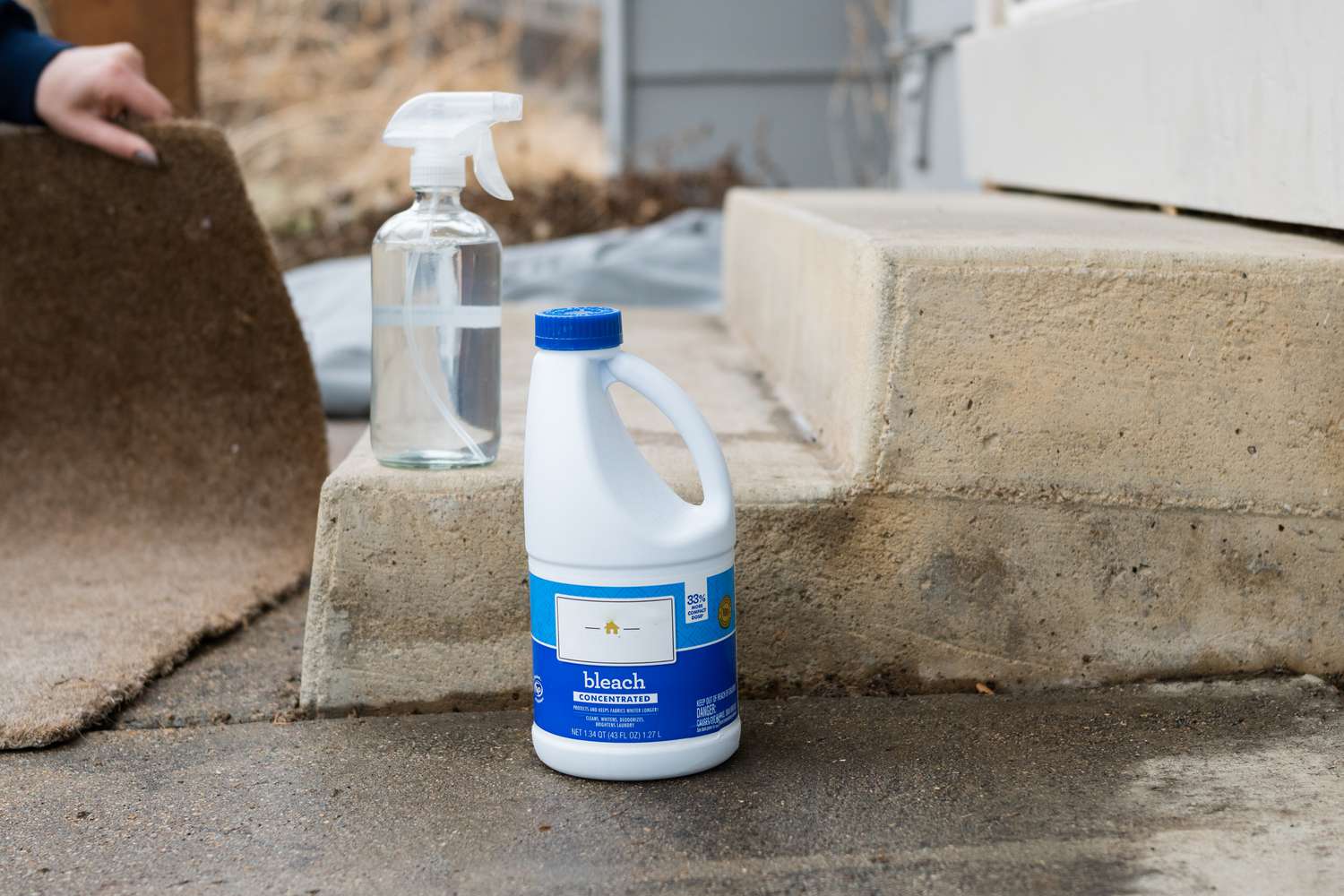





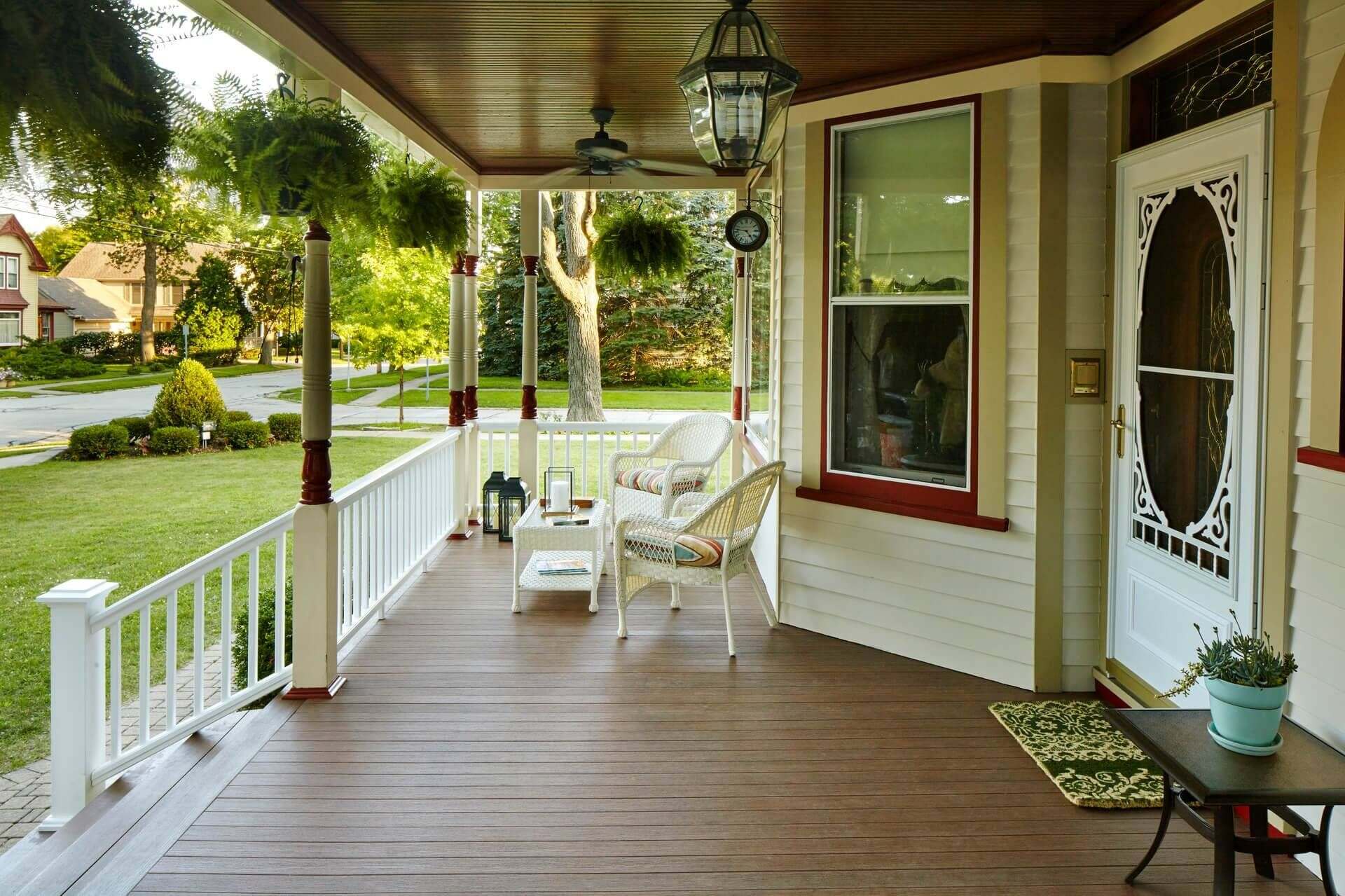
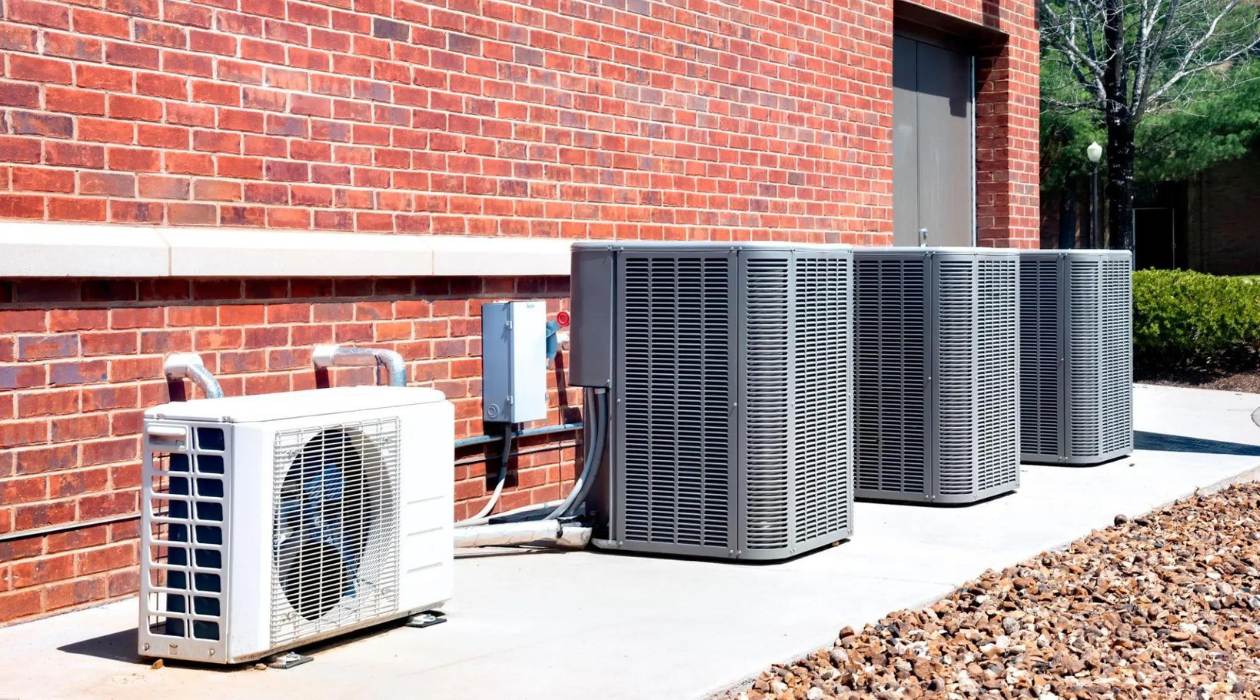

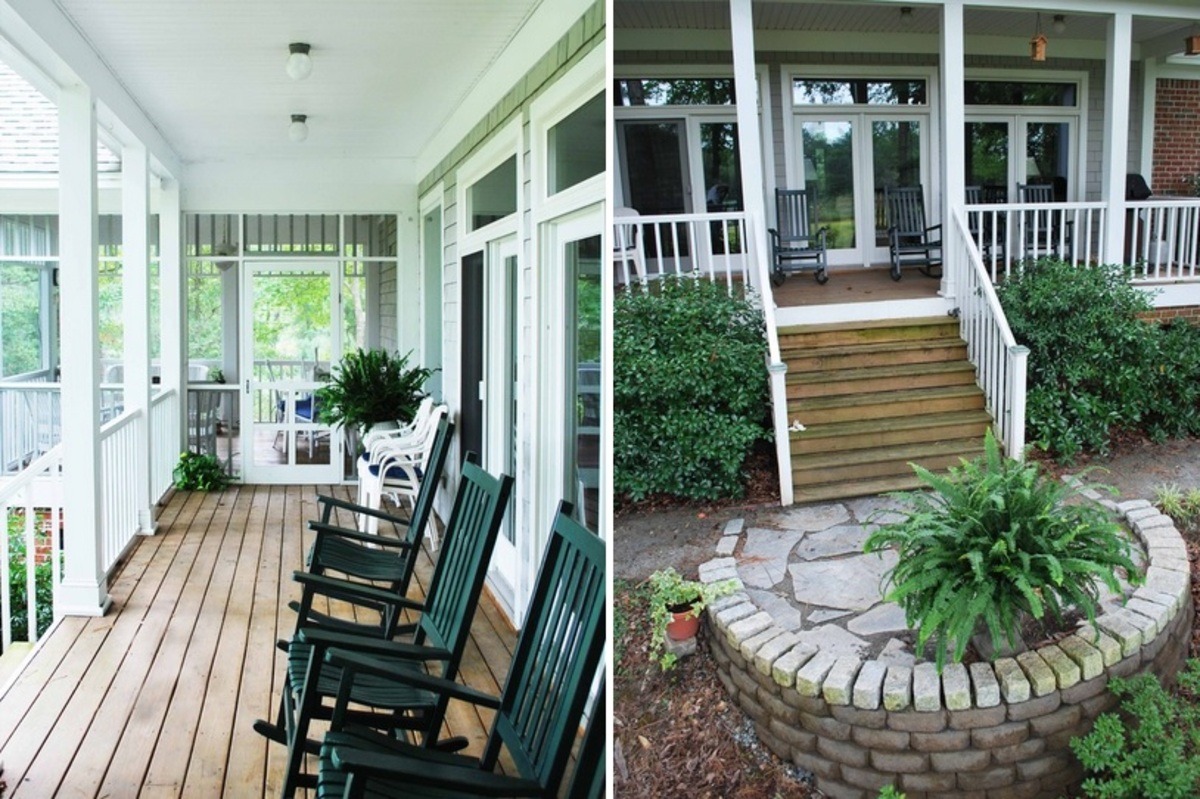

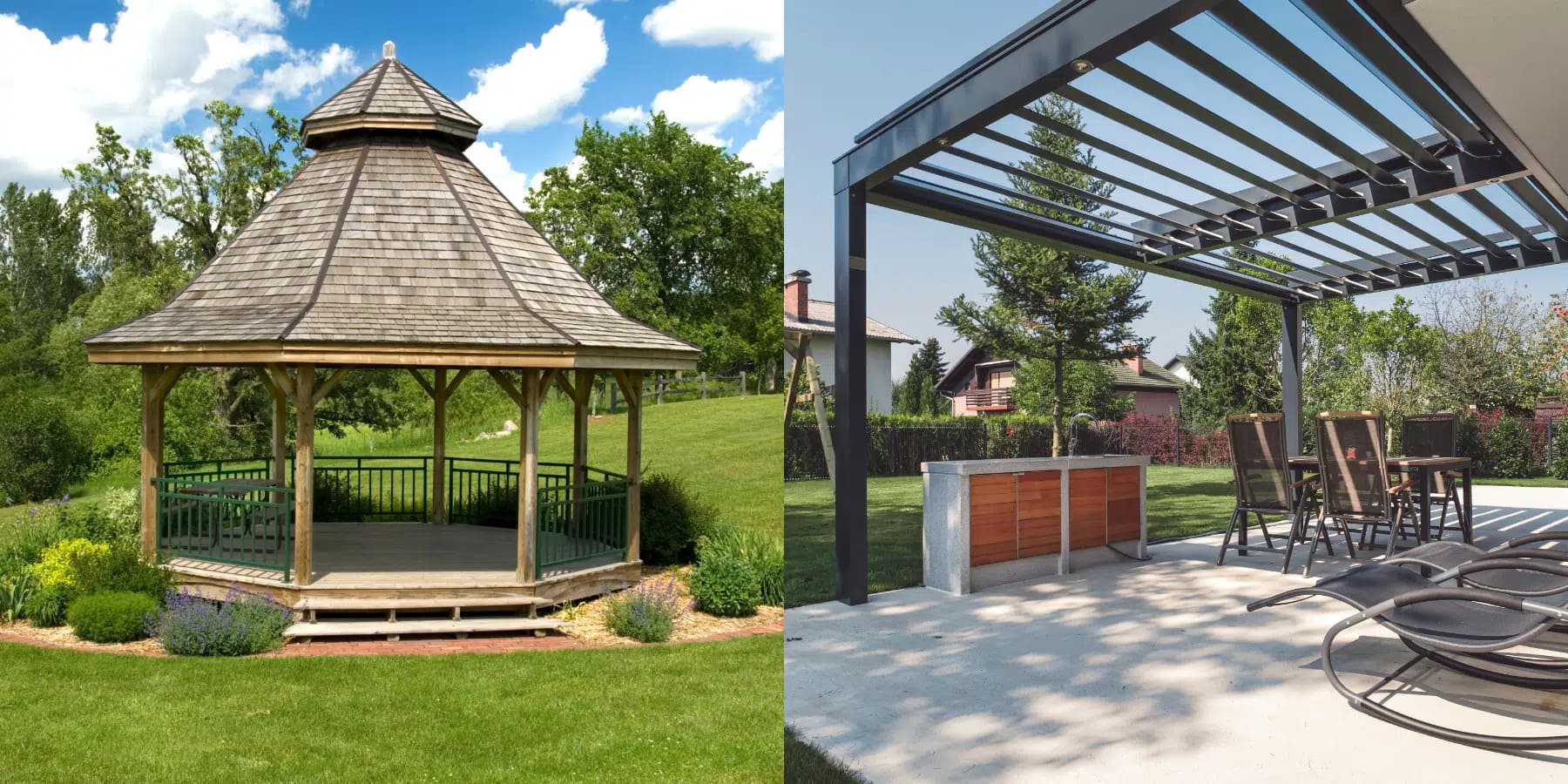
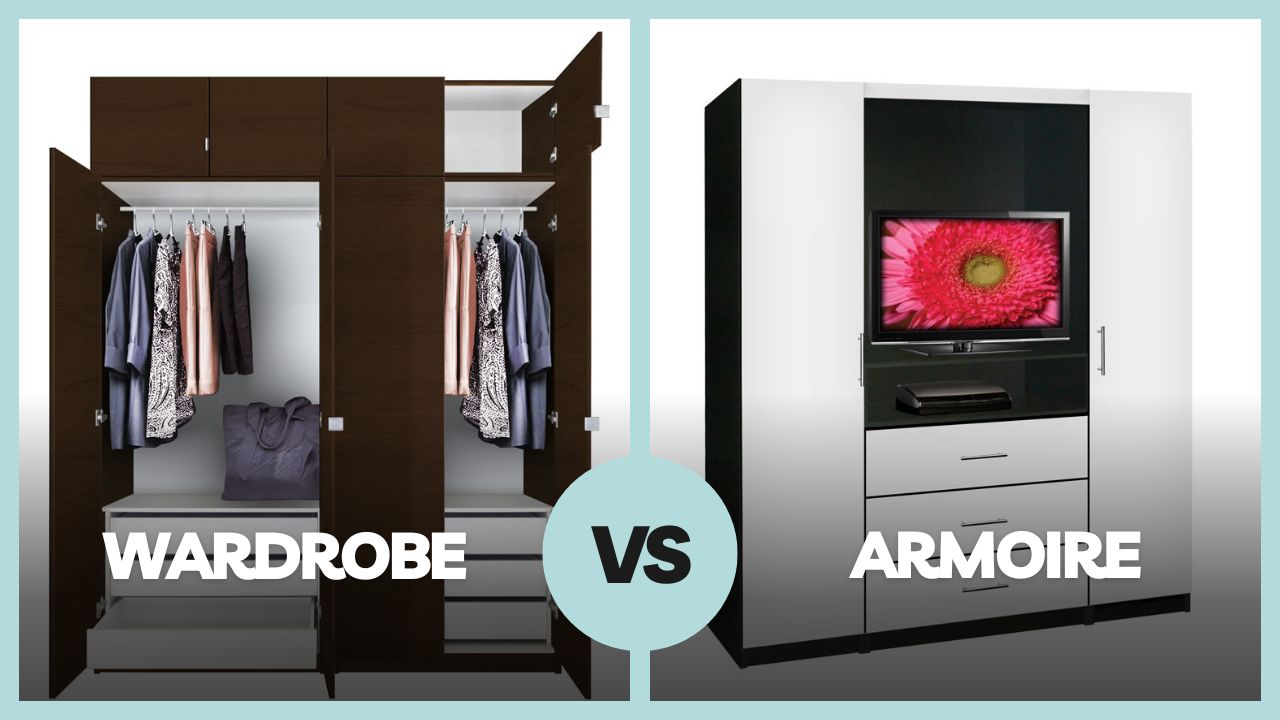

0 thoughts on “What Is The Difference Between An Indoor And Outdoor Refrigerator”